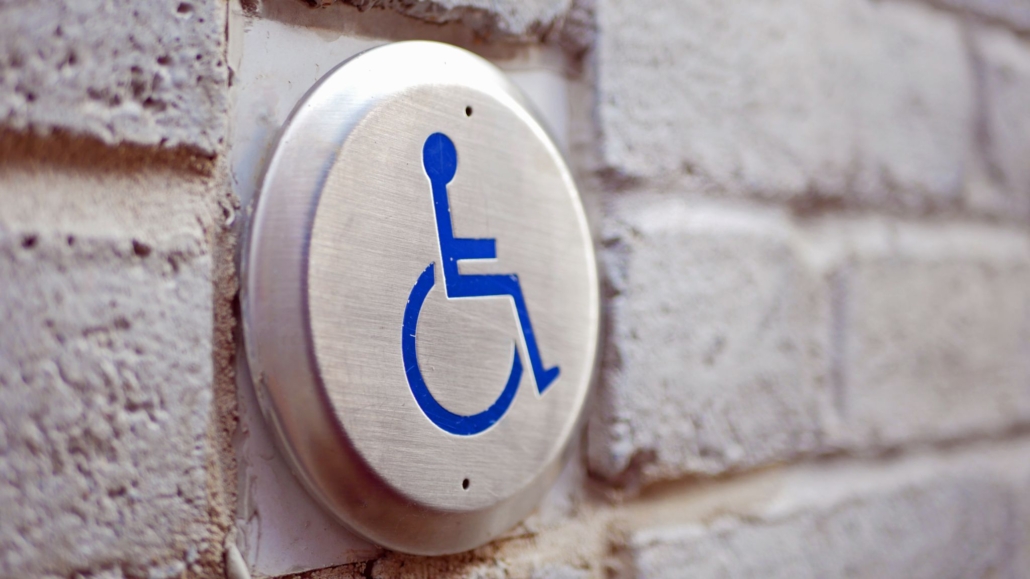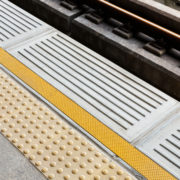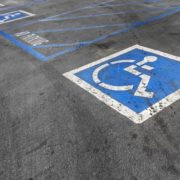A Straightforward Guide to the ADA Standards for Accessible Design
If you are a business owner, it’s important to be compliant with Americans with Disabilities Act (ADA) standards for accessible design. Since being introduced in 1990, the guidelines have changed over the years. There are many requirements. One of which is to include tactile warning surfaces on sidewalks, curbs, and ramps to help people who are visually impaired. Here is a detailed look at accessible ADA design standards so you can better understand the right solutions for your building, facility, or grounds.
What Are the ADA Standards?
Applying to newly constructed facilities, newly designed facilities, and any facility that has been altered or renovated, the standards require them to be readily accessible to and usable by any individual with a disability. The latest set of standards was introduced in 2010. If your facility was built or altered in compliance with the 1991 standards, no modifications are required unless alterations are made on or after March 15, 2012.
These updates impact public facilities such as judicial fa+263cilities, detention and correctional facilities, and residential dwelling units in apartment complexes. Recreational facilities with amusement rides, exercise machines/equipment, pools/spas, and play areas are included. Golf facilities, fishing piers/platforms, and saunas/steam rooms are as well.

The standards cover minimum guidelines for:
- Accessible Routes: Must be at least 36″ wide and narrow to 32″ minimum but for only 24″ at a time. Running slopes must be no steeper than 1:20 or an inch of height change for every 20 inches of run.
- Curb Ramps: Must be at least 36″ wide, excluding flares, with a cross slope of no steeper than 1:48. Running slopes must be no steeper than 1:12. Curb flares must be present if the landing on top is less than 36″ long.
- Ramps: The surface must be stable and slip resistant, with a level landing at least 60″ long and at least the width of the ramp. If the ramp changes direction, a level landing at least 60″ by 60″ is required, as are handrails if the ramp rises higher than 6″.
- Entrances: Signs must indicate the location of the nearest accessible entrance. The opening width of an accessible door entrance must be at least 32″. Door hardware must be operable with one hand and not require strenuous wrist action.
- Parking: At least one accessible space per 25 total spaces is required for areas where there is public parking. Accessible spaces must be at least 8 feet wide adjacent to an aisle at least 5 feet wide.
These are just a few requirements of the ADA standards. Review this ADA checklist for a more detailed look.
Why ADA Standards Are So Important
One in five, or 54 million, Americans have a disability, which is growing as the population ages and due to other factors.1 The standards were introduced to ensure no one is left behind when trying to open a door, go up or down stairs, or use a restroom in a public facility. Various guidelines are in place to ensure people with disabilities have easy access to buildings.

ADA compliance is important for businesses, as violations can lead to costly fines and lawsuits. An organization can be found negligent if unsafe conditions cause injury, while being compliant can help boost a company’s reputation. Becoming accessible is usually an ongoing process, while quick fixes rather than full renovations can allow your business to be creative with its updates. Additionally, there are tax credits to help cover the costs of meeting accessibility standards.
Applications
The accessible ADA design standards cover many types of structures. In addition to curb ramps and businesses serving the public, assembly areas such as stadiums, medical care facilities, and educational housing must meet ADA guidelines. Generally, if your business serves the public or employs 15 or more people, you must be compliant.
The standards outline the dimensional requirements for public restrooms, signage, and other forms of communication (elevator buttons, ATMs, directories, etc.), hotel rooms, fitting rooms, kitchens, and transportation facilities. Requirements for built-in elements like benches, dining surfaces, and accessible showers are set as well.
Another important application of ADA standards is the detectable warning surface. The law has set requirements for the placement and size of truncated domes, which provide audible feedback for people with walking sticks and wheelchairs, visual cues, and a tactile response when traversing over raised bumps.
Get a Free Quote on ADA-Compliant Products
At ADA Solutions, we produce and distribute cast-in-place and surface applied detectable warning surfaces. We also provide education on ADA standards and the latest updates. As the leader in detectable surface products in North America, we are committed to superior quality and customer service. Request your free quote online or call 800-372-0519 for more information.

Source:












